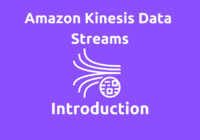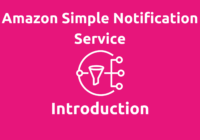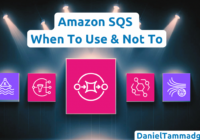An introduction to Apache Kafka & Amazon MSK (Managed Kafka Service)
Explore the fundamentals of Apache Kafka and Amazon MSK, the cutting-edge solutions for real-time data streaming and processing. Designed for developers and architects, this guide introduces you to the high-throughput, low-latency capabilities of Kafka and the ease of management provided by Amazon MSK. Learn about Kafka’s publisher-subscriber model, efficient data handling, and the seamless integration with AWS services. Discover how these technologies facilitate robust, scalable communication between data producers and consumers, ensuring high availability, security, and seamless data flow across distributed systems.




